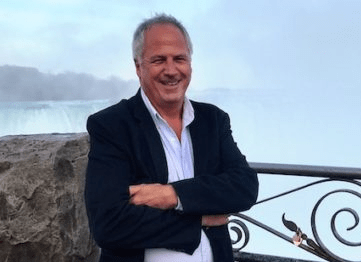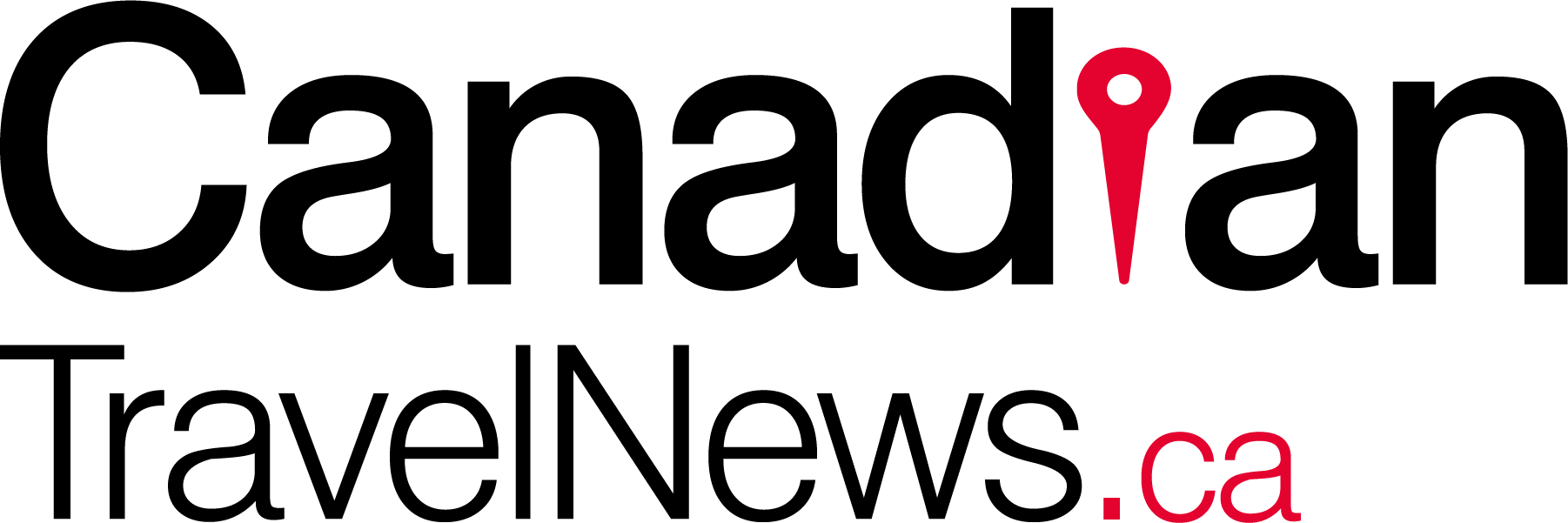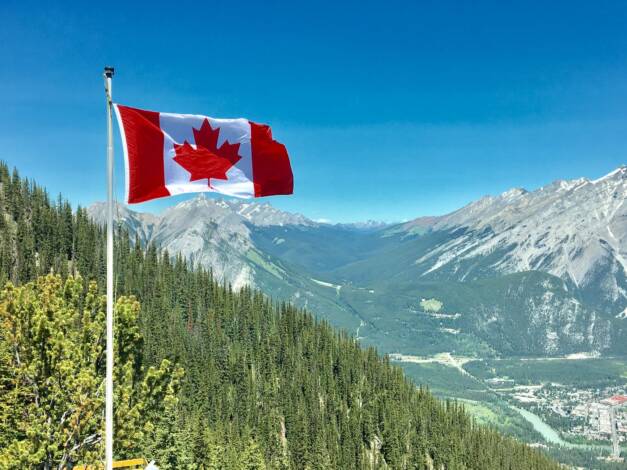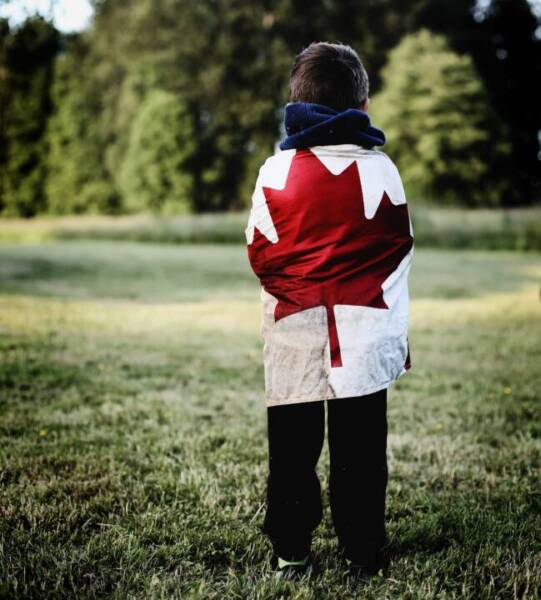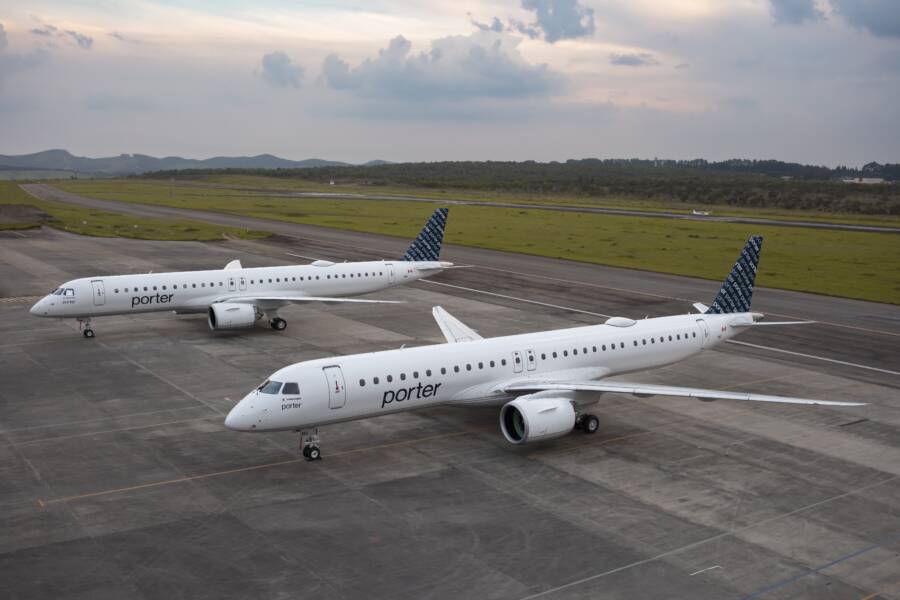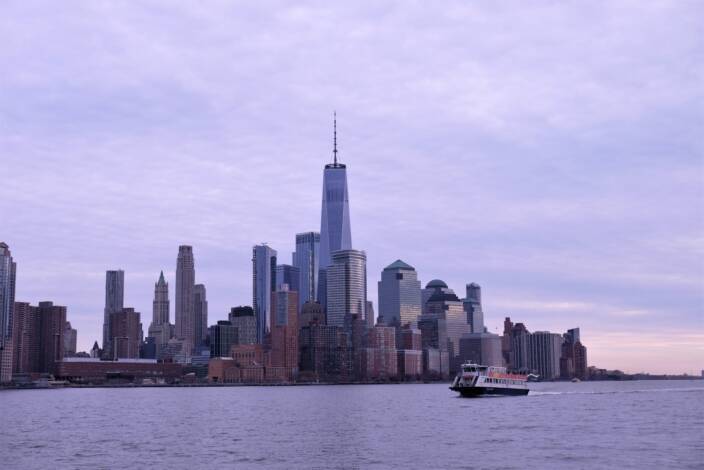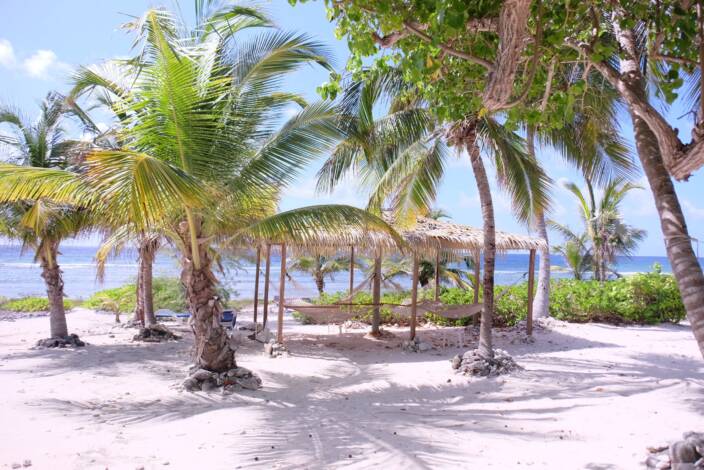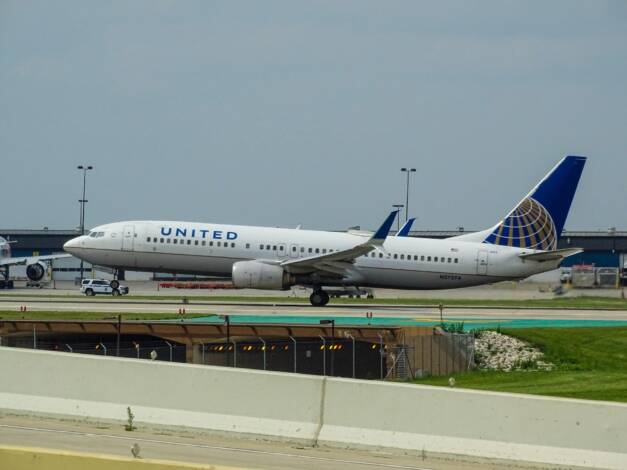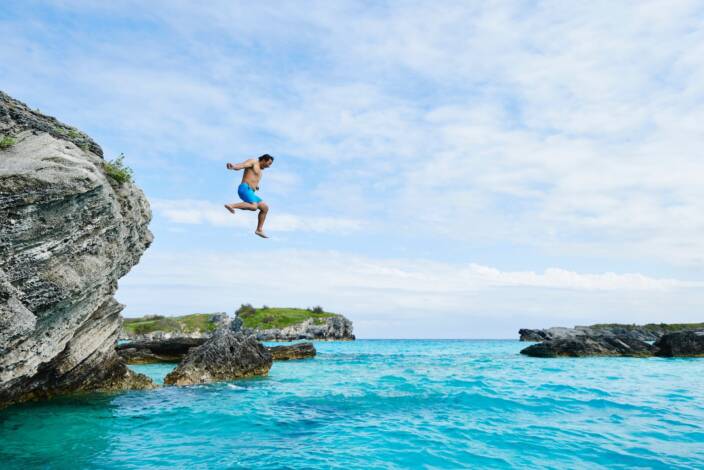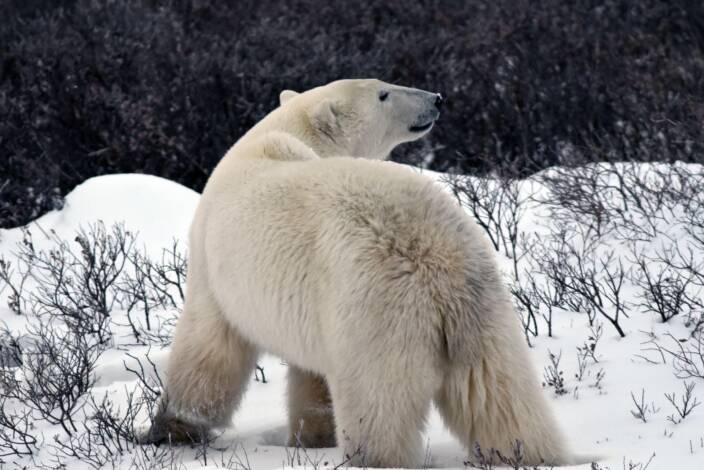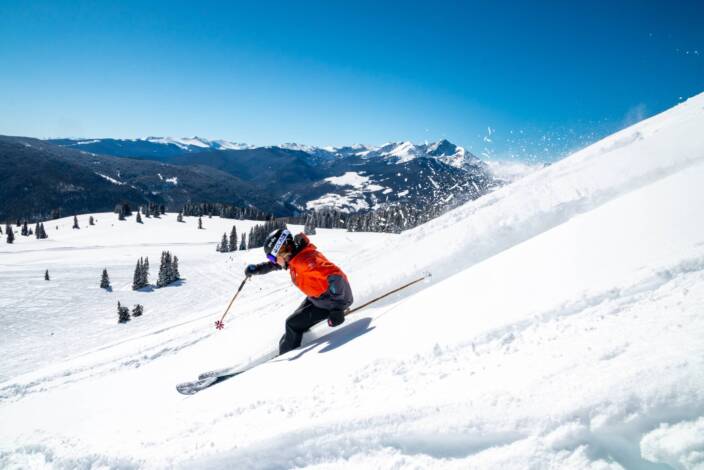
Tourism in Canada at a Crossroads: A Chat With New TIAC Chief Beth Potter
March 1, 2021 Jim Byers
Beth Potter, formerly president and CEO of the Tourism Industry Association of Canada, was recently named president and CEO of the Tourism Industry Association of Canada. It’s obviously a terribly difficult time for tourism in this country, so she’s definitely got some work to do. We sat down with her for a virtual chat late last week and talked about everything from the large role tourism plays in our economy to her favourite places in Canada. (Hint: Saskatchewan gets a big shout-out).
Thanks for speaking with us, Beth. Maybe you can begin by telling readers what the role of TIAC is.
The Tourism Industry Association of Canada is the umbrella trade association for all tourism product in the country. When you think about tourism a lot of people think about hotels and trains and attractions, but there’s so much more to it. We talk about museums and recreational activities and the list goes on and on. So, all of those smaller segments of industry come together under the banner of tourism. TIAC’s responsibility is to be their voice, to government, on issues, especially policy-related issues, that affect the way they do business.
Tourism accounts for about ten per cent of the jobs in Canada, right?
One in every 11 jobs in Canada is in tourism. We employ about 1.8 million Canadians. We say that tourism is in every riding when we talk to politicians. We are literally from coast to coast to coast. Tourism accounts for two per cent of Canada’s total GDP.
I was going to ask you what the biggest issue is facing Canadian tourism right now, but I think we know the answer. We’ve never seen anything like this in tourism. How do we begin rebuilding the tourism industry in Canada?
We’re focused on a few different things. First of all, we need to support business solvency. There are still an awful lot of businesses that are not operating. They haven’t opened since the pandemic hit Canada, or they’re operating at a greatly reduced capacity. So business solvency is really needed to ensure these businesses are around when we start to travel in bigger numbers again. And I don’t want to say there hasn’t been any help. The federal government and the different provincial and territorial governments have stepped forward. But it hasn’t necessarily been sector specific, and our industry is going to need support for longer than other industries will. Our friends at Destination Canada just did another look at the numbers, and they’re projecting that if the border stays closed until October of this fall, it will take us until 2026 to get back to where we were in 2019.
A number of programs have been announced for Canadian businesses, such as CERB. What does the tourism industry need that hasn’t been provided yet?
For the most part we need to see a lot of those programs continued and extended. Our friends in the aviation sector need some support to be sure that Canada still has an aviation sector when we’re done. As we look forward, as far as getting the industry back up and running again, we need to champion safety. The industry has already started down that path. Almost immediately, the industry started looking at what health and safety protocols were needed for different kinds of businesses, and lining that up with what’s required from public health. But we need to get the borders open, so how do we do that safely? Knowing first and foremost that the mandate is to protect the health of Canadians, but the economic health of Canadians is almost as important, so we need to get those borders open so we can get people moving around again. So, we’re looking, we’ve suggested to government that they support rapid testing at border crossings, as well as providing tourism businesses with tax credits to help defray costs associated with safety protocols. But we’re also talking about Canada as a destination. Keeping Canada globally competitive is going to be key. This is not like SARS, where Toronto was hard hit and we had to go make a name for Toronto again. Here we’re competing with every other jurisdiction in the world. We’re going to need to talk to government about some investments they’re going to need to make in our industry to make sure we’re competitive at a global level.”

Canada has done fairly well in tourism over the years. Will the fact we have wide-open spaces and rivers and mountains help us in the new travel world?
I believe so. Canada has always been known for its big, wide-open spaces ad the amount of outdoor adventure that’s available to visitors. We’ve also historically had a really good safety record and a reputation for being a safe destination, and we’re going to need to harness that as we go forward. Consumer sentiment says “I want to feel safe.” That’s their number one priority now when they’re planning travel, so we’re going to need to message that. When I was at TIAO, we started working with the World Travel and Tourism Council and introduced the Safe Travels stamp here in Canada as a way to get businesses incorporating these globally accepted protocols, but also as a way to message to their employees, to their neighbors, that they were a safe business to go to and to do business with. So the Safe Travels stamp is one way we can message out to the rest of the world that Canada is a safe destination.
I worry so much about the mom and pop tourism operations across the country. Is there much hope for them this summer?
I’m optimistic. If we can get the numbers down, which we have, and fingers crossed that the number of variant cases doesn’t skyrocket … then, yes, I think we can have what I’d call a decent summer. I don’t think we’re back to where we used to be, but I do think that, based on what we saw last year, based on the conversations I’ve had with tourism operators, especially in rural locations or where there are outdoor activities, people have already started making plans to get out and enjoy their provice or their country this summer. I think domestically, yes. Internationally? (international traffic to Canada), no. I really do think it’s going to be a while until our borders open up. I think that we need to be farther along in our vaccination program in order to allow residents to feel safe in opening the borders. I think right now the politicians are listening to Canadians and, the every day average citizen is saying we’re not ready to expose ourselves by opening the borders yet.
You mentioned the 1.8 million jobs that are in tourism in Canada. Do you think the federal government has historically appreciated the contribution of tourism in this country?
I think we still have some myths to debunk, and one of those is that our sector is full of part-time, low-paying, seasonal jobs. Every year our sector is less and less that. You’re seeing businesses expand into shoulder season so they can operate closer to 365 days a year. We still have a lot of businesses that have one business in the warmer months and another in the colder months; they’ve adapted their business model. We’re seen as a destination for training as far as the tourism and hospitality sector is concerned. If you look at the post-secondary programs across the country that offer tourism and hospitality management related programming, they’re full of international students. One of my priorities at TIAC is to work with Immigration Canada to get more of those students that we’re training on the path to permanent residency. We need to remove some hurdles so that we can keep those bright, young people, the next generation of talent, here and working with us. I think there are still some hurdles, but we have a lot of jobs. Prior to COVID we were actually in a labour gap situation; we had more jobs than we had people to fill them. And as we come out of this situation we’re going to have to rehire and retrain a lot of people. We’re going to need to work with the federal government to make that happen.
Are there other things on your to do list in the new job?
(Laughs). Oh, yes. Every email I open there’s more. Obviously, the recovery plan that was developed by TIAC’s members, getting that plan adopted by the federal government and getting the support this sector needs is first and foremost. One of my other top priorities is making sure Canada is at the global table and participating in the planning and the decision making that’s happening around creating the new seamless traveller experience. We need to be there. We’re one of the G7 countries, we need to be working with our partners in the industry around the globe, to make sure that when travellers come to Canada they know what to expect because we’re using systems that are similar to other jurisdictions.

What are some of your favourite places in Canada?
I’ve been very lucky and have had the chance to visit many parts of Canada. Not all, and I’m definitely looking forward to being able to explore more. But there are things about each of the destinations that I love. I love the harbour area of Vancouver, I love all the trails and the hiking I did in Banff and Jasper. I love Saskatoon. To me it feels like a very European city. My daughter lives there, too, so that’s another reason to love Saskatoon. Northern Ontario just has so much to offer when it comes to majestic views. I remember being on Manitoulin island. Every time you turn around there’s another Group of Seven painting staring at you. It was breathtaking. Quebec, so I can brush up on my French and get to use it more. I love the European feel of Quebec City. The Eastern Townships outside of Montreal are fantastic; the skiing there is great and it’s got a cozy feel to it. And Atlantic Canada. Who doesn’t love the way that they welcome you and the spirit behind their celebration of life? They just to celebrate all the joys of life. I’ve been to a kitchen party in Prince Edward Island and I’ve visited George Street in St. John’s. I want to go back to PEI and do a kayaking trip and then harvest mussels and have them on the beach. I’ve seen that and that’s just right up my alley. The one thing about all these places is you’re treated as a neighbour. That’s the way Canadians are; they welcome anyone with open arms. I’m so incredibly proud to now be representing all of them.
About the Author
